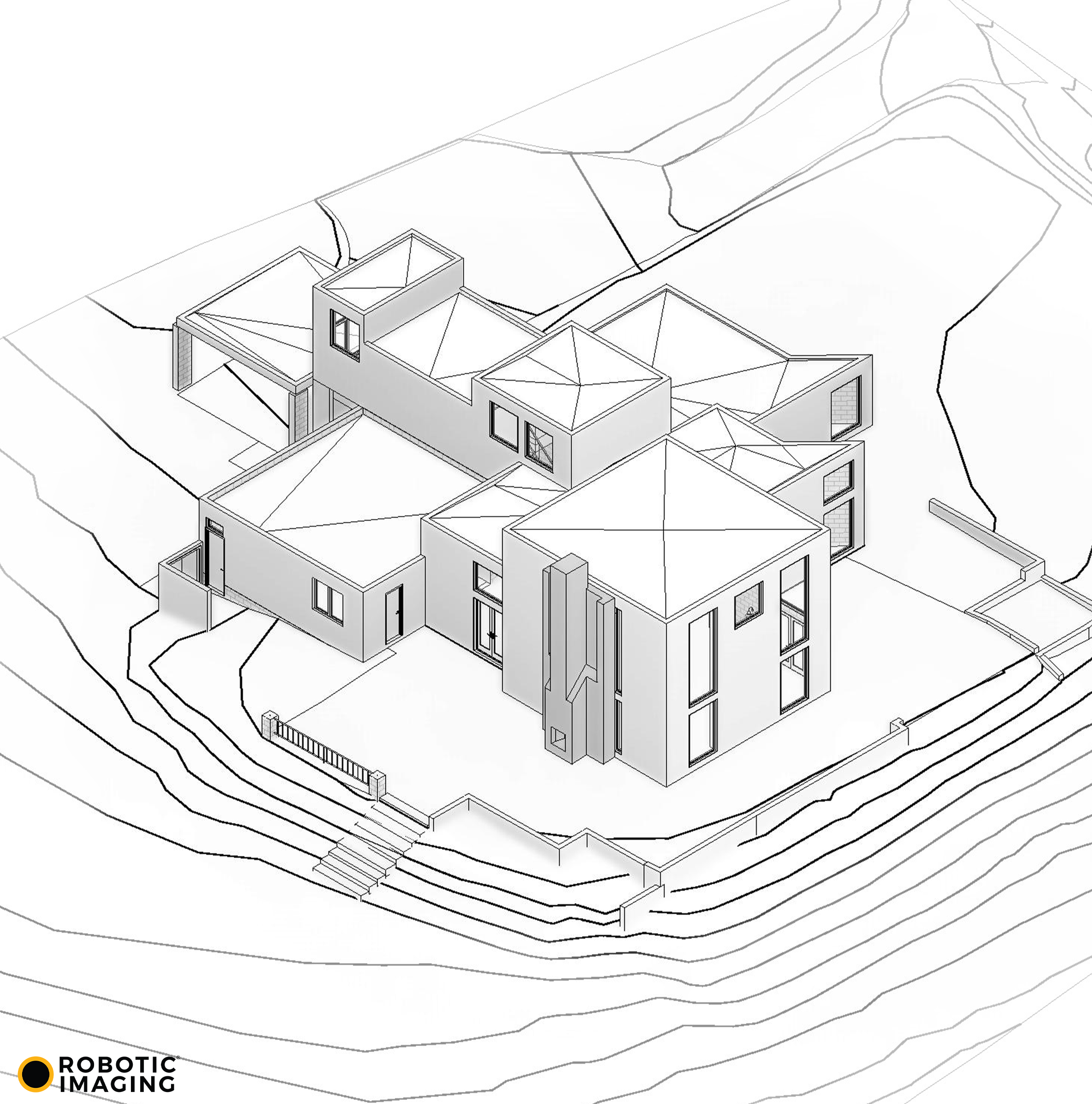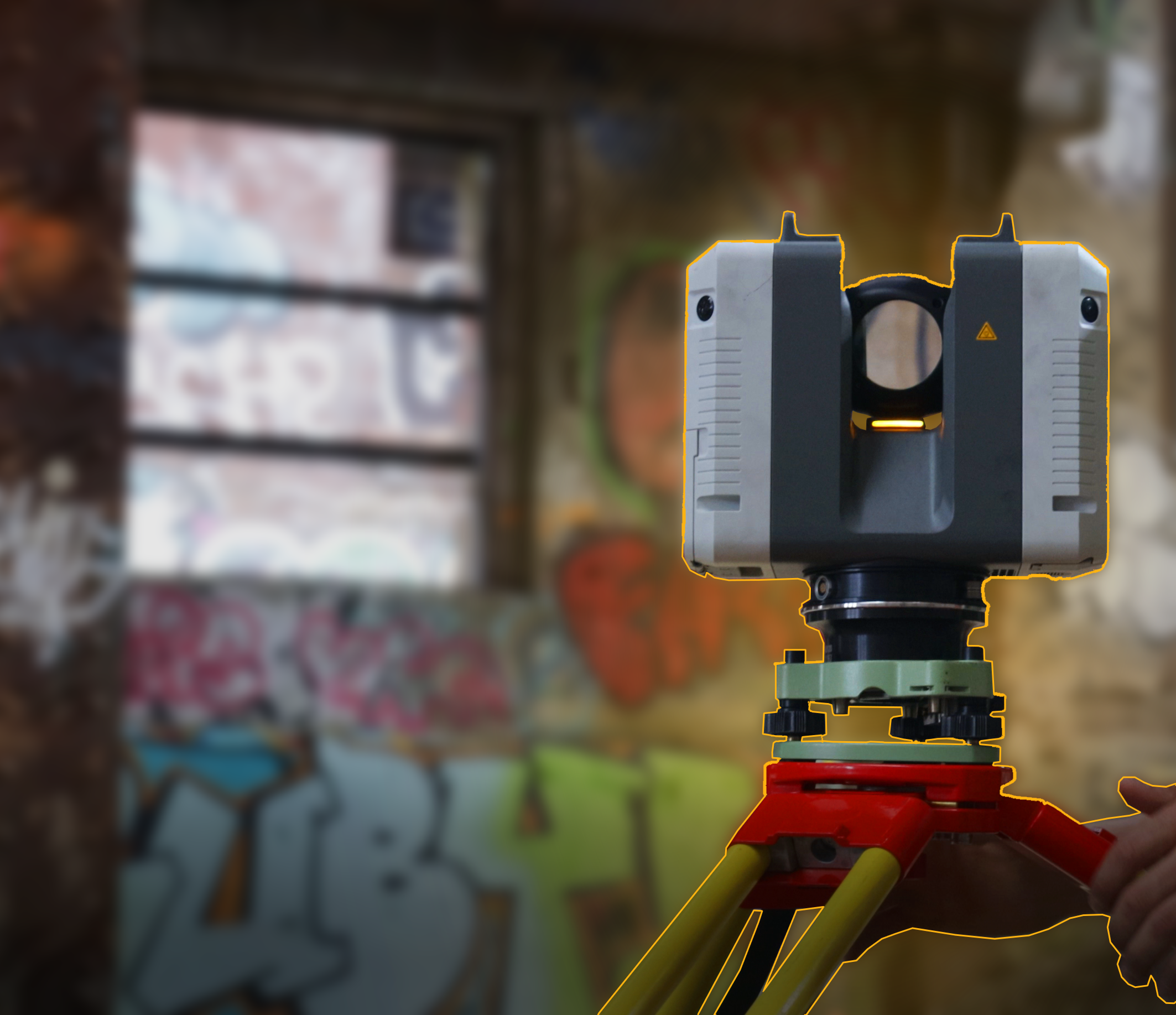
Robotic ImagingJuly 21, 2022
BIM, or Building Information Modelling, is the future of the construction industry. Aided by technology such as 3D Laser Scanning, BIM has opened new avenues for improved design, delivery and maintenance of buildings.
3D imaging for real estate has helped bridge the gap between the physical site and its digital twin. Before we get into the application of Laser Scanning Services, it's important to understand what BIM actually means. BIM is not a technology, but it is a process that transforms all planning and execution phases of construction.
The 3 Levels of BIM
BIM has three levels of maturity where the first level is managed CAD in 2D or 3D, whereas Level 2 encourages development of information through a collaborative 3D environment. Level 3 is the final stage, where all the data is linked together in a common process accessible by all stakeholders throughout the project lifecycle.
The Relation between BIM and 3D Laser Scanning
The first step towards BIM is Scan-to-BIM, which uses 3D laser scanning to create a digital representation of the project. The laser scanning services can be applied in two phases of a project's life cycle: construction and renovation.
Laser scanning can help analyze the accuracy of on-site construction, providing detailed information that doesn’t exist in most as-built drawings.
What is 3D Laser scanning?
3D laser scanning is a technology that helps capture the dimensions of an object with the aid of laser light. This non-contact and non-destructive scanning creates point clouds of data from the surface of the object. Thus, we can say that laser scanning is a method that converts a physical object into a 3-dimensional representation while adhering to its exact size and shape.
The laser scanner directs a pulse of laser light towards the object, measuring the direction while doing so. As the light is reflected, the scanner picks up the distance that it has travelled. This distance and direction are used to calculate the object’s X, Y, and Z coordinates. In the same way, the scanner can measure thousands of points per second along the object's surface. The point cloud translates into a 3D model of the object's surface.
3D laser scanning equipment can measure small details by generating accurate point clouds. Laser scanning is ideally suited for measuring multifaceted geometrical shapes that would otherwise require a large amount of data and for objects that can't be inspected using traditional measurement methods.
The level of detail (LOD) is an essential component of BIM. For example, the level of accuracy and detail that will be required for manufacturing measurement will be much higher than that needed to create a rough 3D model.
Suggested reading: If you want to learn more about how level of detail works, check out this article.
Why BIM is the future of construction One of the critical issues that BIM addresses is averting rushed decisions resulting from incorrect or insufficient information. As technology has revolutionized all elements in the lifecycle of a built asset, level 3 adoption of BIM can greatly impact the cost and efficiency of a project.

